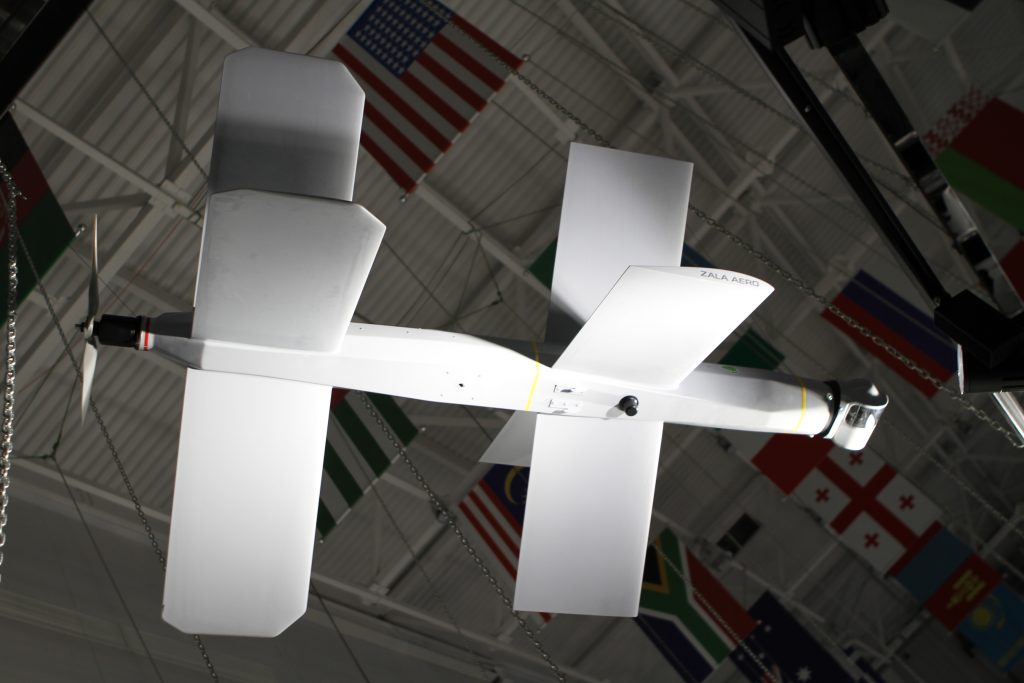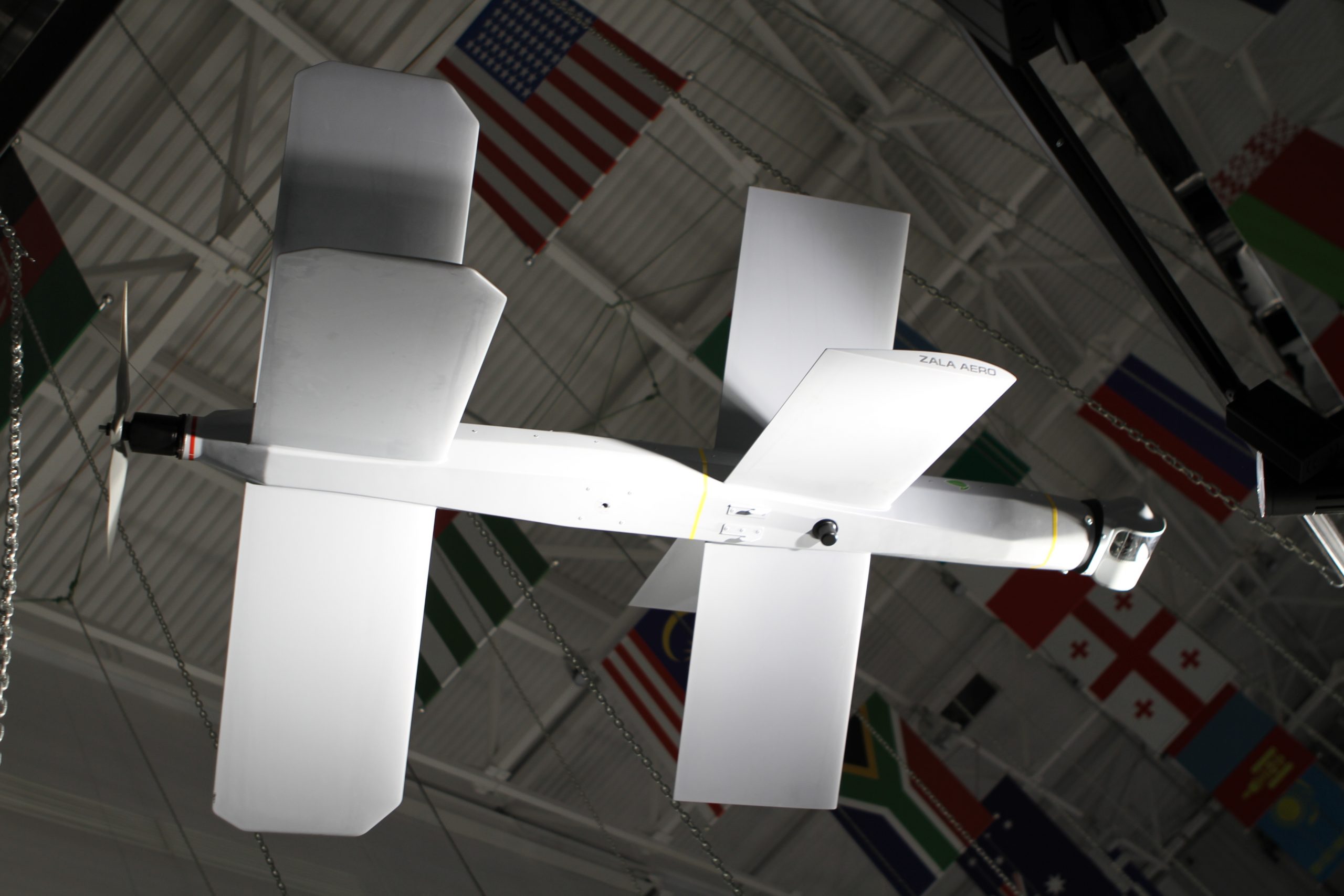
According to recent reports from Russian and Ukrainian media, there has been a significant increase in the production of Russia’s Lancet kamikaze drones. The Lancet drone has undergone advancements and is now known as the Izdelie 53.
The upgraded Lancet is no longer employed individually but has transitioned to operate in coordinated swarms. These drones will be launched from specially designed launchers and will follow the “Swarm of Drones” principle. Essentially, when one drone detects armored vehicles or their gathering, it shares this information with the rest of the swarm, leading to a synchronized attack on the identified targets.
The showcase of this innovative development was featured on national television channel Rossiya 1. The report provided a concise introduction to the current Lancet model, described as a stealthy, low-flying drone capable of precisely striking enemy targets.
The television broadcast included footage of warehouses housing hundreds of Lancet-2 drones, demonstrating their successful utilization during a “special military operation” in Ukraine. The presentation highlighted a single-launcher Lancet drone, which is designed for long-range special operations.
The most striking aspect of the report was the revelation of a new drone production facility. A former shopping center was transformed into a state-of-the-art enterprise by the Russian state in a remarkably short period of eight weeks. The facility showcased pristine rooms equipped with cutting-edge CNC machines, lathes, welding robots, laser machines, and other advanced equipment.
The chief designer of these drones, Alexander Zakharov, confirmed that the state budget financed the facility’s transformation and subsequent production. He proudly presented a warehouse filled with ready-to-deploy Lancet drones, asserting that financial resources were not an issue, as the state provided the necessary funding.
Remarkably, this new plant is not solely dedicated to producing Lancet drones. It is also manufacturing drones used for surveying and safeguarding Russia’s extensive gas fields. Footage of this production, along with the manufacturing of another drone involved in the Ukraine conflict, the Geren-2 (a replica of the Iranian Shahed 136), was also shared on Rossiya 1 TV.
Within the plant, there is also a training center dedicated to drone pilots. The identities of the trainees remain concealed, but the broadcast shows them undergoing simulated mission training using computer-based environments.
The focal point of interest is the introduction of the new Lancet drone. The host emphasizes its uniqueness and high level of confidentiality, hinting at its capabilities, such as the potential for multiple launchers to engage several targets simultaneously on the battlefield. Chief designer Alexander Zakharov clarifies that the Lancet does not rely on artificial intelligence for its operations. Instead, it operates based on rapid mathematical algorithms that execute in fractions of a second. This statement comes as a response to a Forbes publication that mistakenly suggested the Lancet’s reliance on artificial intelligence. Rossiya 1 TV also presented the Forbes article, which reported that remnants of the Lancet were collected by Ukrainian and Western forces after the war’s conclusion to study Ukraine’s highly successful drone technology.





